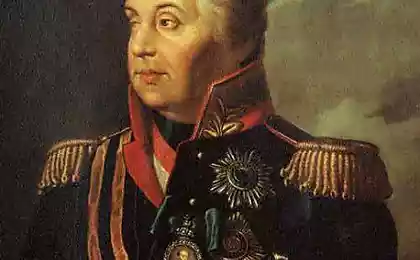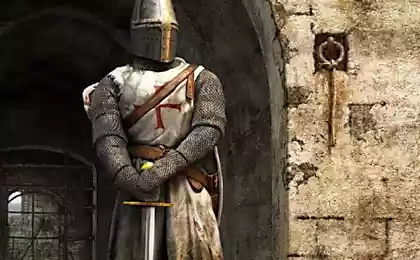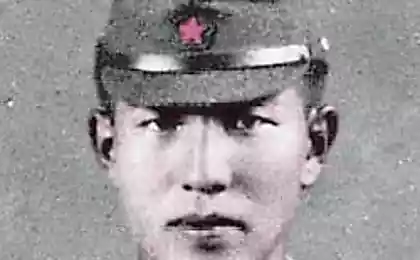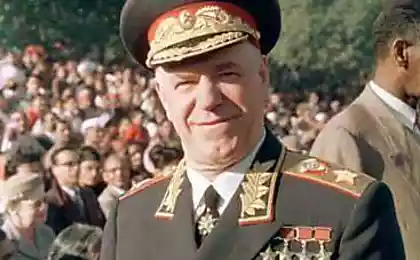991
The Battle of Moscow
In the difficult days of the defense of Moscow on the site of Solnechnogorsk - Krasnaya Polyana, which is defended by the 16th Army Rokossovsky, there was a unique case of the use of artillery times of the Russian-Turkish war. In those days, Rokossovsky turned to Zhukov to urgently help the anti-tank artillery. The reserve Zhukov was nothing, he asked for help from Stalin himself. Stalin also suggested Rokossovsky little training guns away from the Artillery Academy Dzerzhinsky. Indeed, in 1938 from Leningrad to Moscow it was translated Artillery Academy, founded in 1820.
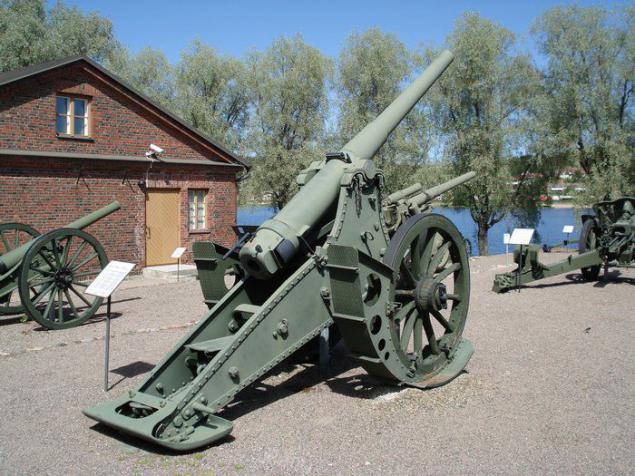
Gunners
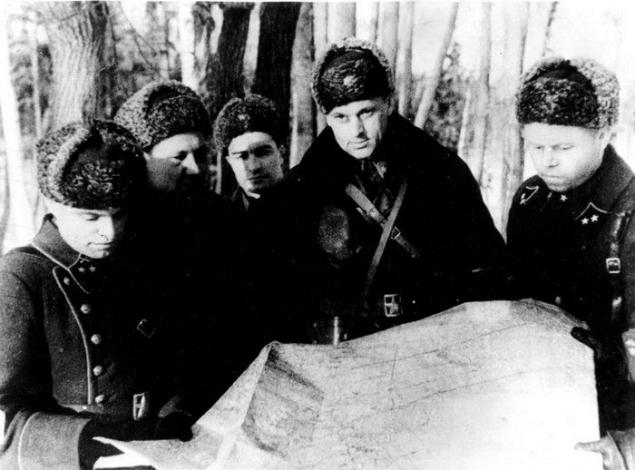
6-inch gun, model 1877.
But as it turned out, in October 1941, its material part was evacuated to Samarkand. In Moscow, there is only the personnel - about a hundred of the old regime of military specialists, whose age in the army did not take. One of those ancestors knew the location of artillery arsenals in Moscow and near Moscow, where they were preserved very old artillery systems. History has not preserved the name of the man, but during the day it was formed several firing antitank defense batteries of high power.

To fight with the German medium tanks picked up the old siege guns caliber 42 and a six-inch line, which has been used during the liberation of Bulgaria from the Turkish yoke. After the war, due to the strong depreciation of the gun barrel to Mytishchi delivered arsenal, where they were kept in canned form. Shooting of them was not safe, but they are 5-7 shots could do. For the 42 lines of shells it was enough, but for the six-inch shells were no relatives.
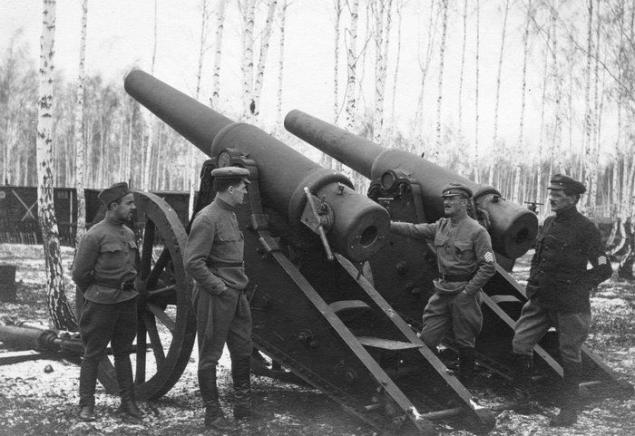
But at Sokolniki artillery depots abounded captured the British high-explosive shells firm Vickers 6-inch caliber and weighing 100 pounds, or a little more than 45, 4 kilograms. There were caps and powder charges, beaten off a civil war among the invaders. All the property was stored since 1919 so gently that could well be used for its intended purpose.
Soon they formed several batteries of heavy firing anti-tank artillery. Gun commander became the very old artillerymen, who participated more in the Russian-Japanese war, and the servant students 8-10 grade of Moscow special artillery school. Cannon did not have sight, so it was decided to shoot only direct fire, putting them at the target through the barrel. For the convenience of firing guns into the ground vryli of the most nave of wooden wheels.
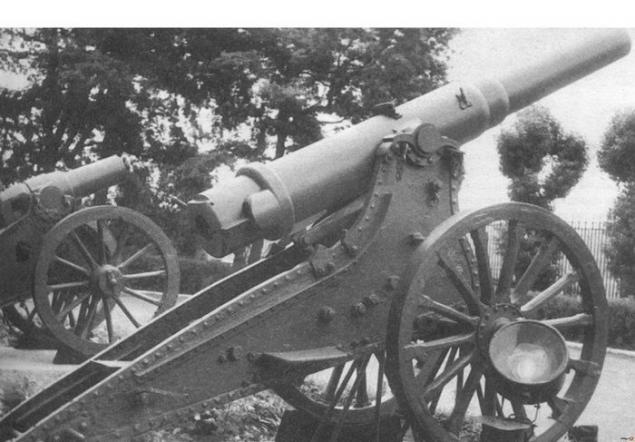
German tanks appeared suddenly. The first shots of a squad made from a distance of 500-600 m. The German tank crews initially took action exploding shells for anti-tank mines - the explosions were so strong that to break the 45-pound tank shell near the last rolled over on its side or stand up on pop. But it soon became clear that the emphasis in the beating of the guns. Shells hit the tower torn off it and threw dozens of meters to the side. And if the six-inch shell siege cannon shell hit the forehead, he passed through the tank, destroying everything in its path. German tank crews were horrified - like they did not expect.


Losing a company of 15 tanks, tank battalion retreated. The German command considered it a fluke accident and sent another battalion in another way, where he also ran on an anti-ambush: The Germans decided that the Russian used some new anti-tank weapons unprecedented power.
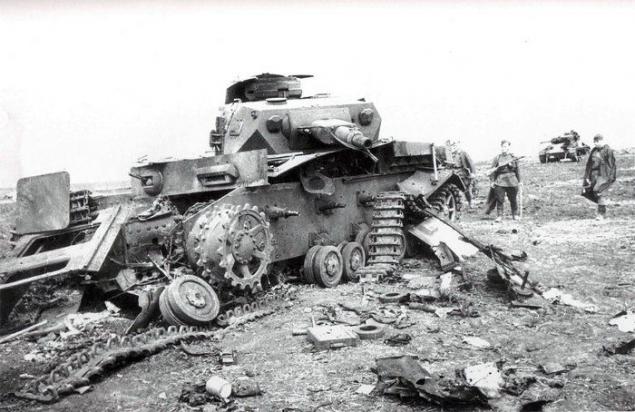
The enemy offensive was suspended along the entire front of the 16th Army, and Rokossovsky managed to win a few days, during which came to completion, and the front stabilized. December 5, 1941, our troops counterattacked and drove the Nazis to the West.
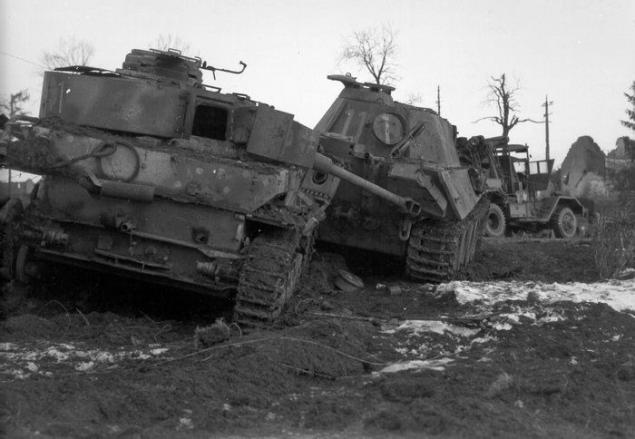
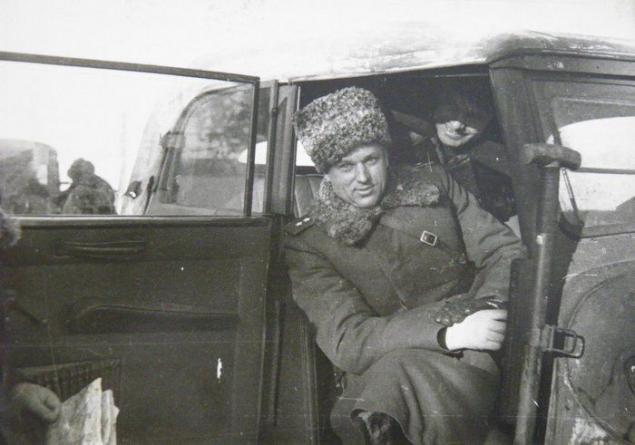
Source:

Gunners

6-inch gun, model 1877.
But as it turned out, in October 1941, its material part was evacuated to Samarkand. In Moscow, there is only the personnel - about a hundred of the old regime of military specialists, whose age in the army did not take. One of those ancestors knew the location of artillery arsenals in Moscow and near Moscow, where they were preserved very old artillery systems. History has not preserved the name of the man, but during the day it was formed several firing antitank defense batteries of high power.

To fight with the German medium tanks picked up the old siege guns caliber 42 and a six-inch line, which has been used during the liberation of Bulgaria from the Turkish yoke. After the war, due to the strong depreciation of the gun barrel to Mytishchi delivered arsenal, where they were kept in canned form. Shooting of them was not safe, but they are 5-7 shots could do. For the 42 lines of shells it was enough, but for the six-inch shells were no relatives.

But at Sokolniki artillery depots abounded captured the British high-explosive shells firm Vickers 6-inch caliber and weighing 100 pounds, or a little more than 45, 4 kilograms. There were caps and powder charges, beaten off a civil war among the invaders. All the property was stored since 1919 so gently that could well be used for its intended purpose.
Soon they formed several batteries of heavy firing anti-tank artillery. Gun commander became the very old artillerymen, who participated more in the Russian-Japanese war, and the servant students 8-10 grade of Moscow special artillery school. Cannon did not have sight, so it was decided to shoot only direct fire, putting them at the target through the barrel. For the convenience of firing guns into the ground vryli of the most nave of wooden wheels.

German tanks appeared suddenly. The first shots of a squad made from a distance of 500-600 m. The German tank crews initially took action exploding shells for anti-tank mines - the explosions were so strong that to break the 45-pound tank shell near the last rolled over on its side or stand up on pop. But it soon became clear that the emphasis in the beating of the guns. Shells hit the tower torn off it and threw dozens of meters to the side. And if the six-inch shell siege cannon shell hit the forehead, he passed through the tank, destroying everything in its path. German tank crews were horrified - like they did not expect.


Losing a company of 15 tanks, tank battalion retreated. The German command considered it a fluke accident and sent another battalion in another way, where he also ran on an anti-ambush: The Germans decided that the Russian used some new anti-tank weapons unprecedented power.

The enemy offensive was suspended along the entire front of the 16th Army, and Rokossovsky managed to win a few days, during which came to completion, and the front stabilized. December 5, 1941, our troops counterattacked and drove the Nazis to the West.


Source:


